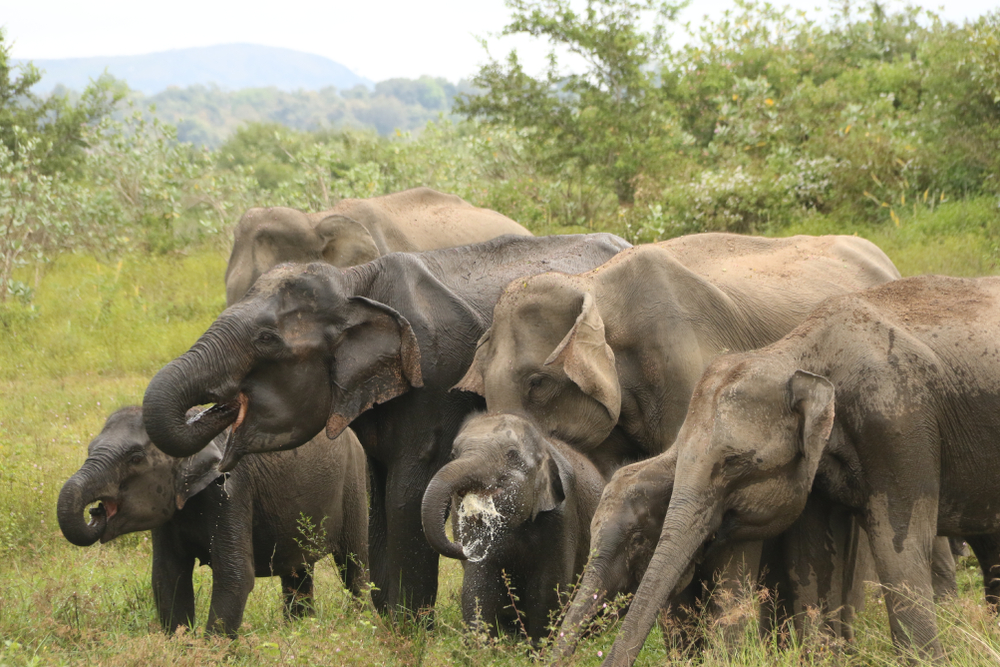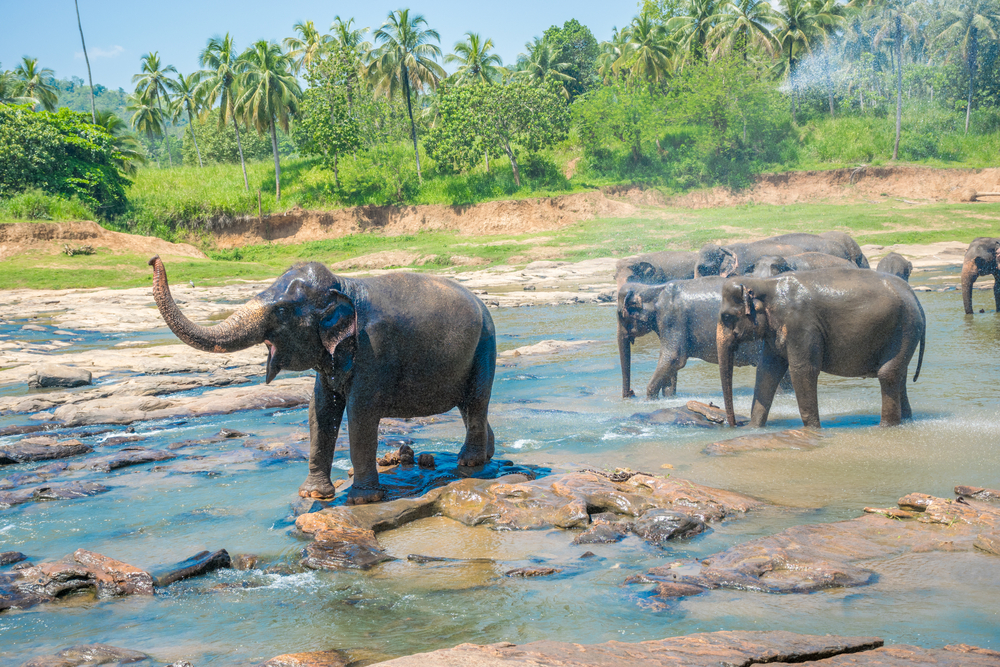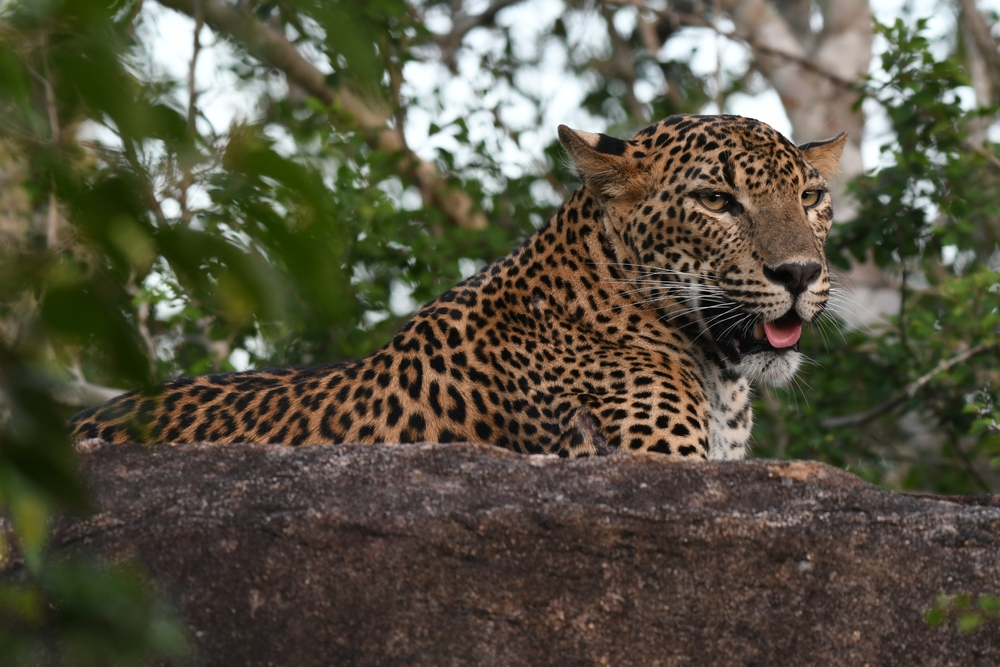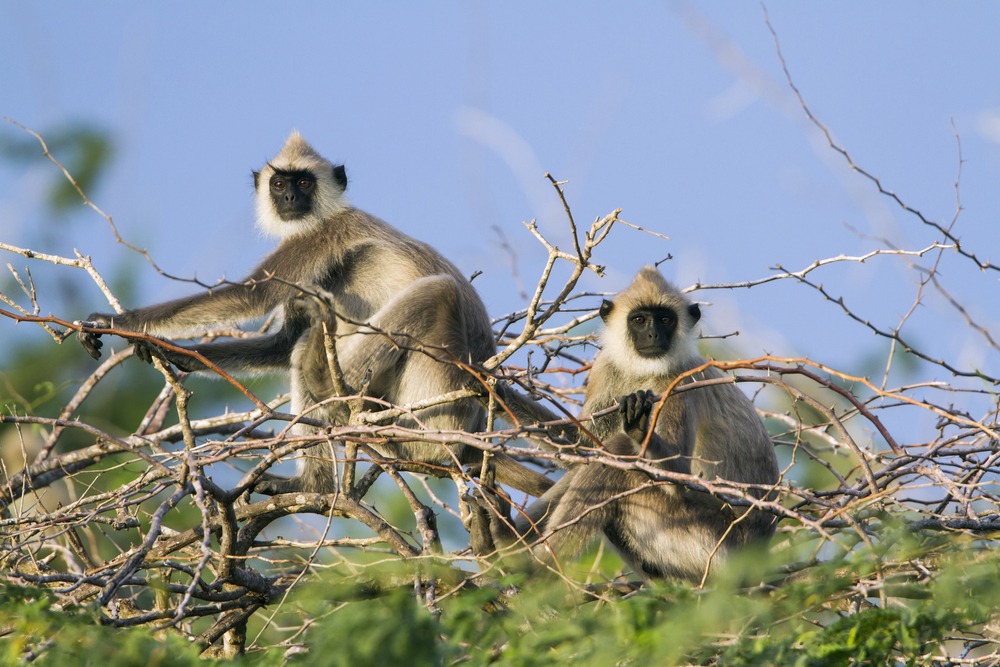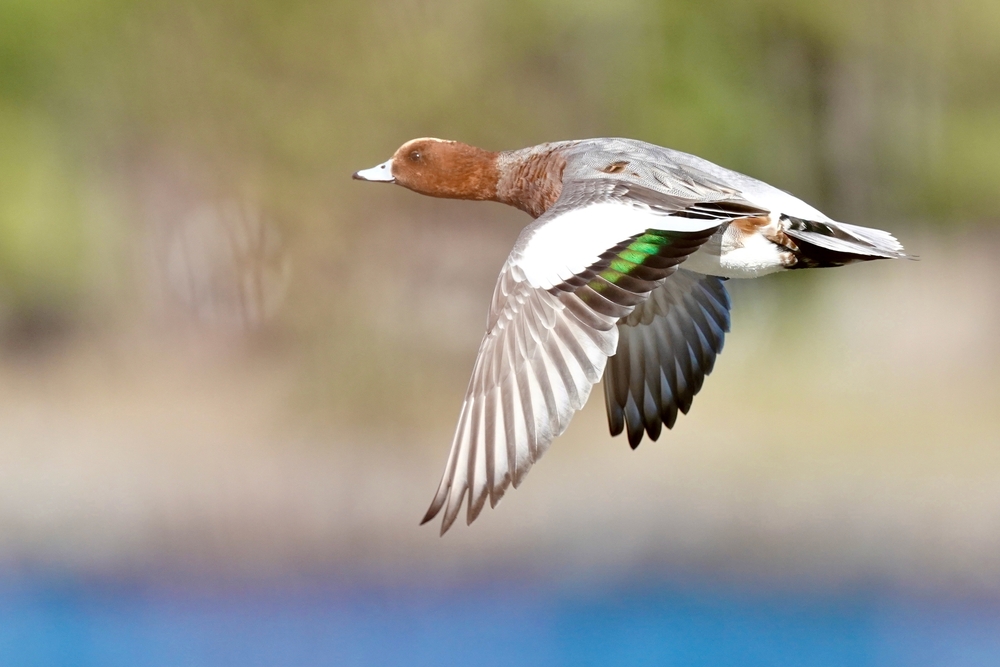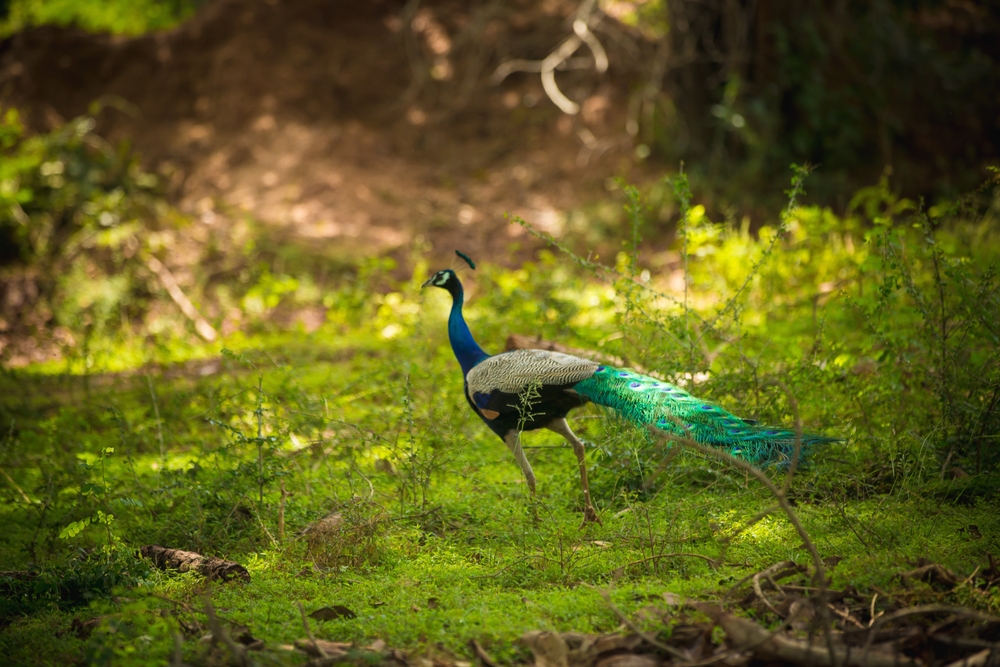Maduru Oya Overview
Maduru Oya National Park, located in the eastern and north-central provinces of Sri Lanka, spans approximately 92 square miles (238 square kilometers). Known in Sinhala as මඩුරු ඔය ජාතික වනෝද්යානය (Maduru Oya Jathika Wanodyanaya) and in Tamil as மதுரு ஓயா தேசிய பூங்கா (Maduru Oya Teesiyap Poonka), this park is a sanctuary of natural beauty and cultural significance. Established in 1983, it was created to protect the wildlife and the water catchment areas of five reservoirs, including the eponymous Maduru Oya Reservoir.
The park’s terrain is a blend of flatlands, rocky outcrops, and lush forests. Its landscapes range from open grasslands to dense tropical dry mixed evergreen forests. The park is dotted with granite boulders and rocky plateaus, with the majestic Henannegala Mountain being a standout feature, offering panoramic views of the surrounding wilderness. The Maduru Oya Reservoir and the several other waterways running through the park enhance its beauty and provide a lifeline for its diverse ecosystem. Vegetation includes robust species like weera (Drypetes sepiaria), palu (Manilkara hexandra), and ebony, as well as aquatic plants flourishing near water bodies.
Maduru Oya National Park is renowned for its rich wildlife. It serves as a haven for Sri Lanka’s iconic Asian elephants, which roam freely in herds. Other mammals include leopards, sloth bears, water buffaloes, sambar deer, and spotted deer. The park is also a paradise for bird enthusiasts, with over 100 bird species recorded. Among them are endemic species such as the Sri Lanka junglefowl and the crimson-fronted barbet, alongside migratory birds like painted storks and openbill storks. Reptiles, including mugger crocodiles and star tortoises, also inhabit the park.
A notable feature of Maduru Oya is its archaeological importance. Ancient irrigation systems, ruins of Buddhist monasteries, and stone inscriptions can be found scattered across the park, providing a glimpse into Sri Lanka’s rich history. Visitors are particularly drawn to the ruins near Henannegala, where ancient tools and remains of human settlements from the pre-historic era have been discovered.
Maduru Oya offers visitors several ways to experience its wonders. Safari jeep tours are popular, allowing close encounters with wildlife in their natural habitat. Boat rides on the Maduru Oya Reservoir provide a serene way to explore the park’s aquatic ecosystems. Hiking enthusiasts can enjoy trails leading to picturesque spots such as Henannegala Mountain. The park also offers opportunities for birdwatching, especially during the migratory season.
While the park has seen success in protecting its elephant population and reviving water catchments, it faces challenges such as human-wildlife conflicts, illegal poaching, and habitat degradation due to encroachments. Conservation efforts led by the Department of Wildlife Conservation in Sri Lanka aim to mitigate these issues, focusing on community involvement and sustainable tourism practices.








































































